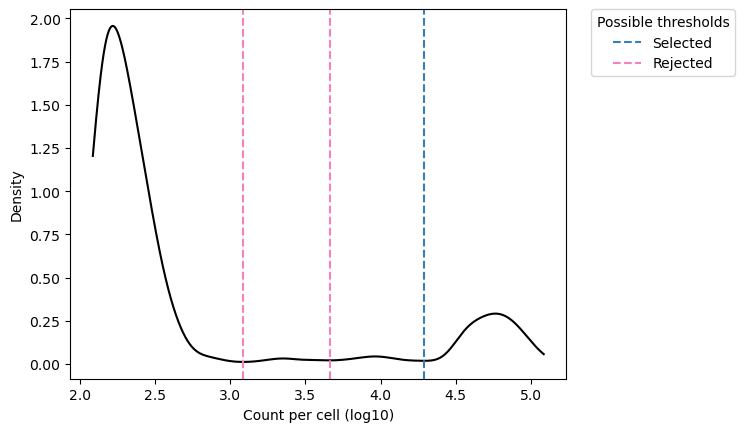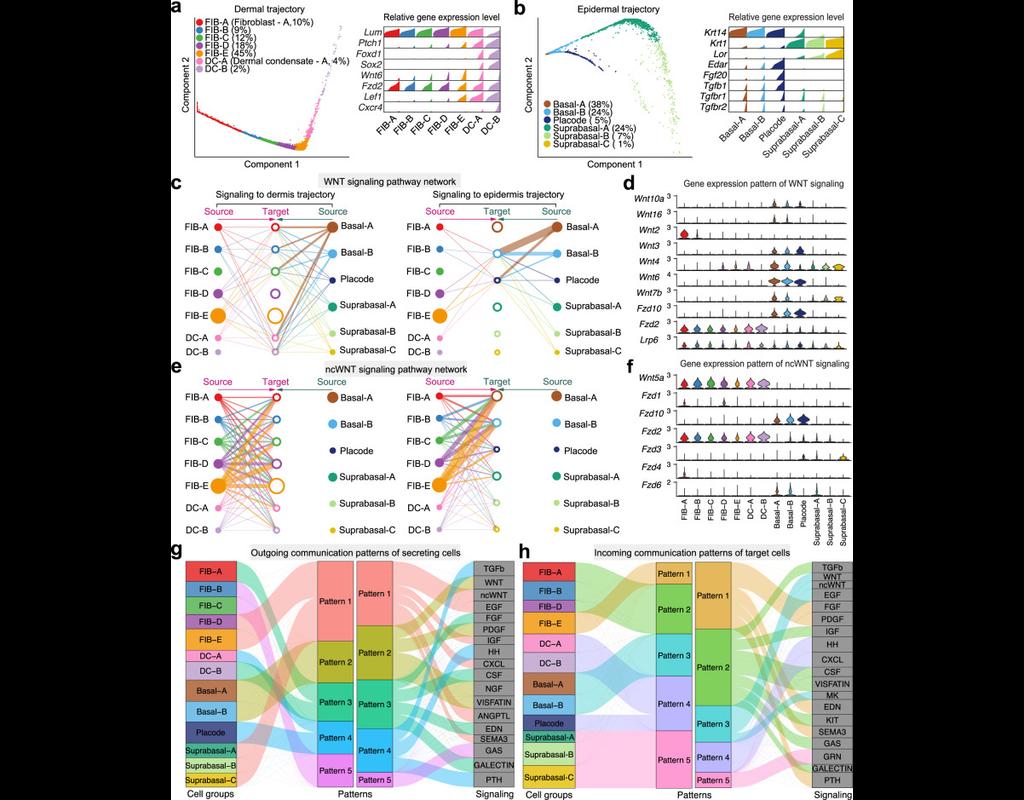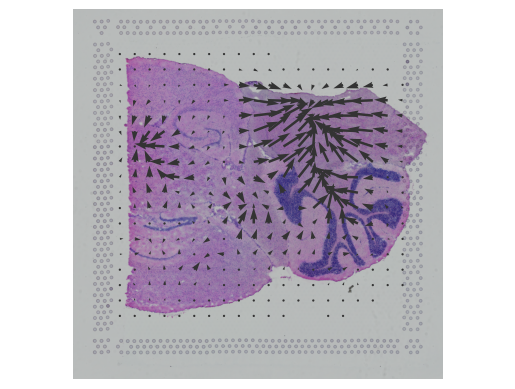Notebooks
Premium
Trends

BioTuring
Unique Molecular Identifiers (UMIs) are random oligonucleotide barcodes that are increasingly used in high-throughput sequencing experiments. Through a UMI, identical copies arising from distinct molecules can be distinguished from those arising through PCR-amplification of the same molecule.
Existing methods often ignore or poorly address errors in UMI sequences. Here we introduce the UMI-tools, a network-based approach to account for these errors when identifying PCR duplicates. This open source improves quantification on accuracy both under simulated conditions and real iCLIP and single-cell RNA-seq datasets.
UMI-tools contains tools for dealing with Unique Molecular Identifiers (UMIs)/Random Molecular Tags (RMTs) and single-cell RNA-Seq cell barcodes.







